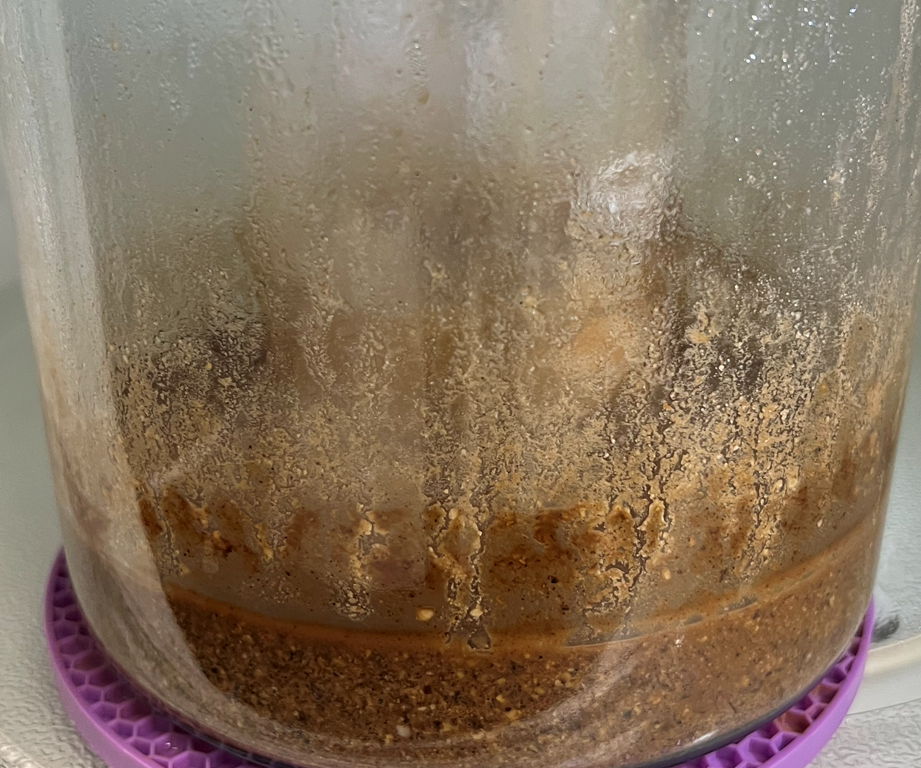Opoponax Resin Hydrosol
Resin that is extracted from the bark of the Commiphora erythraea tree. The resin is used for treating indigestion and wounds, and is used in meditation for relaxing muscles. It has a warm and sweet odor, making it a good choice for perfumes.
Opoponax resin is extracted from the Commiphora erythraea tree, which is found in areas throughout Africa and Asia, and in particular, the drier areas of northeastern Africa and Madagascar. The tree can grow to a height of approximately 5 m and has two layers of bark which is able to perform photosynthesis. The resin extracted is commonly known as a myrrh and is used to protect livestock from ticks and treat diseases related to inflammation. It is known to have a earthy-sweet, lavender-like fragrance when used as incense, and is regarded as a body and mind cleanser. Over time, the resin extracted from the Commiphora species has been found to be a good source of medicine for the treatment of arthritis, obesity, and fractures due to its therapeutic effects. The resin continues to be important for modern uses, as it is a key ingredient to certain meat products, soft drinks, and gum, and its use as a fragrance has been used for mouthwash, soaps, and perfumes. [i]
[i] Burseraceae (n.d) Retrieved June 1, 2023 from https://www.britannica.com/plant/Burseraceae
My name is James Moaddel and I am volunteering in the John L. Holmes Mass Spectrometry Facility for the summer 2023 Hydrosol Project. I am entering my final year at the University of Ottawa studying chemistry and hoping to gain more experience in the lab. Ever since I was a kid, I had a strong passion for science and have always had a heavy interest in the study of the environment we live in. Recently, the different ways we can save the future of our planet has become a strong interest of mine and I am hoping to continue to learn how we can work towards doing this. Working with hydrosols throughout the summer gives me insight on some of the chemical compounds that are found in plants, and the certain real world applications that hydrosols from plants have. I have learned how to prepare, analyze, identify and quantify different components of a sample using GC/MS.

Preparation of Opoponax resin hydrosol
Opoponax resin hydrosol was created using the microwave extraction method. The opoponax resin was blended to obtain a material that was a grounded powder. 300 g of the grounded opoponax resin was placed in the microwave extraction vessel, and then 0.5 L of boiling distilled water was added. The opoponax resin powder was left in the water overnight. The next day, a 300 mL beaker was placed in the middle of the microwave vessel. An ice cone was then screwed onto the lid of the extraction vessel, and the entire vessel was placed into a normal microwave, along with a microwave safe mug filled with cold water. The microwave was set to run for a period of 9 minutes. After the 9 minutes was completed, the vessel was then removed from the microwave, and the Opoponax resin hydrosol was collected. The beaker is then replaced and a new ice cone is fitted to the vessel lid, at which point the process repeats. This process was repeated 4 times to ensure all of the voltatile components are extracted.

Analysis of hydrosol
The collected hydrosol after doing the microwave distillation method was then run through the SPE (solid phase extraction) in order to get it ready for GC/MS analysis. SPE needed to be done in order to remove the water from the hydrosol and any large impurities that could potentially clog the GC column. Once this was completed, a 1 mL sample of the hydrosol was then run through the GC/MS to identify and quantify the components present in the Opoponax resin hydrosol.
From our GC/MS analysis, there were 13 different peaks observed, each representing a different chemical component making up the Opoponax resin hydrosol. Data for Opoponax resin from the Commiphora erythraea tree was not found, and instead the data for the extracted resin from the Commiphora guidotti tree was compared. Our analysis showed that (z)-Bisabolene was the main component in the resin sample (22%) which is similar to the literature value given (17.18%). Literature also says that the major component of the Opoponax resin is Santalene (20%), however very little of this chemical component was found in the sample (6%) after performing GC analysis. [ii]
[ii] Opoponax Oil (n.d) Retrieved June 1, 2023 from https://www.aromatics.com/pages/gcms?oil=opopanax-essential-oil&batch=OPP-109
Calibration Curve
The linear equation given from the internal standard calibration curve along with the areas for each of the peaks identified (y) were used to determine the concentration of each component (x) of the sample being tested. Each of the peaks on the spectrum were identified by comparing its mass spectrum to a database and confirmed by comparing the calculated RI values to RI values found in literature for each compound. [iii]
[iii]
Bisabolene (n.d) Retrieved June 1, 2023 from https://webbook.nist.gov/cgi/cbook.cgi?ID=R45055&Units=SI&Mask=2000#Gas-Chrom
Ocimene (n.d) Retrieved June 1, 2023 from https://webbook.nist.gov/cgi/cbook.cgi?ID=C13877913&Units=SI&Mask=2000#Gas-Chrom
Santalene (n.d) Retrieved June 1, 2023 from https://webbook.nist.gov/cgi/cbook.cgi?ID=C512618&Units=SI&Mask=2000#Gas-Chrom
Carvacrol (n.d) Retrieved June 1, 2023 from https://webbook.nist.gov/cgi/cbook.cgi?ID=C499752&Units=SI&Mask=2000#Gas-Chrom
Bergamotene (n.d) Retrieved June 1, 2023 from https://webbook.nist.gov/cgi/cbook.cgi?ID=R127527&Units=SI&Mask=2000#Gas-Chrom